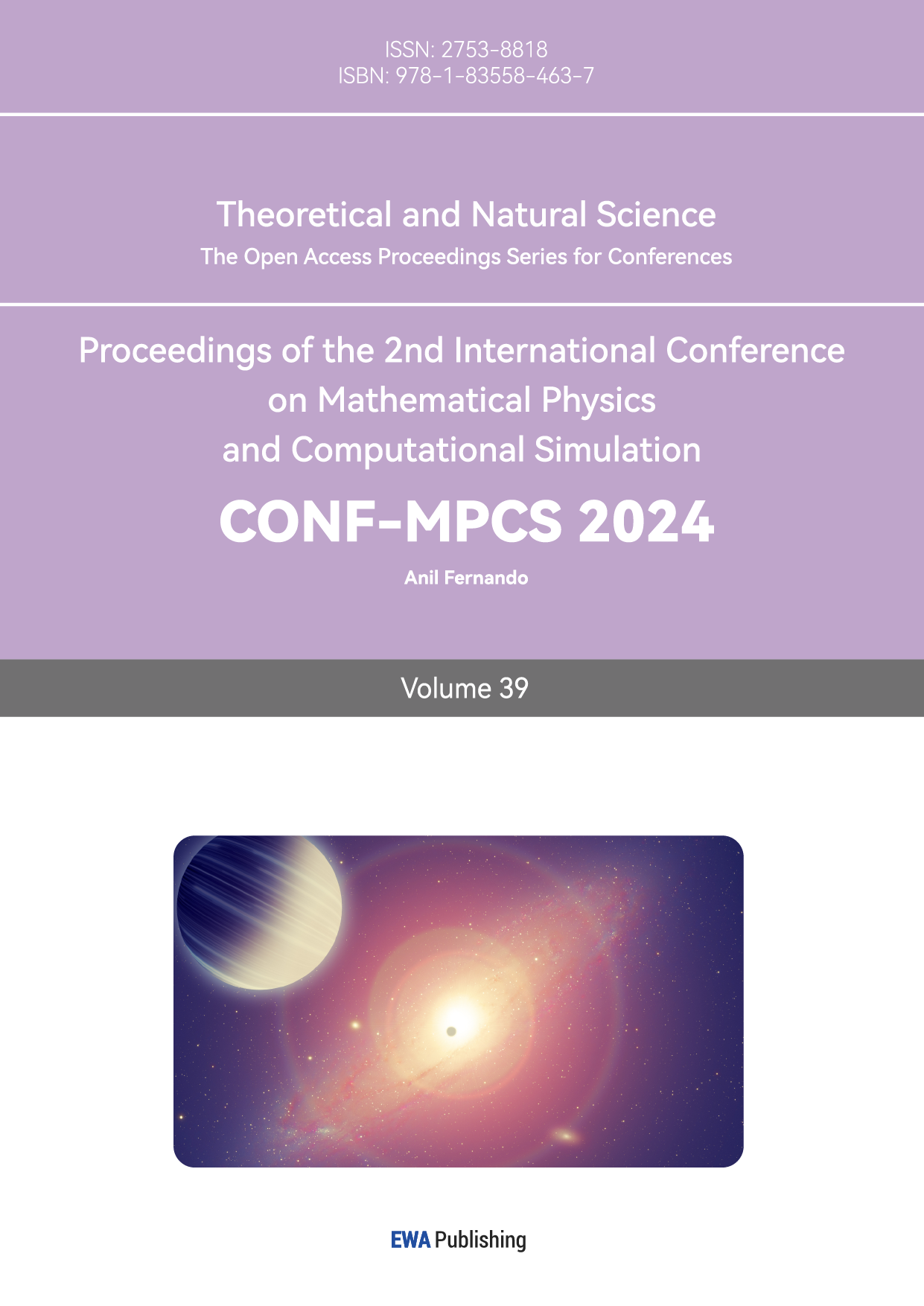References
[1]. Chen, D. (1915) A Call to Youth. New Youth, 1(1): 2.
[2]. Zhang, X. (1923) A discourse on reforming the family. The Ladies’ Journal, 9 (9): 6.
[3]. Hu, S. (1918) Ibsenism. New Youth, 4(6): 6.
[4]. Wang, Z. (1999) Women in the Chinese Enlightenment: Oral and Textual Histories. University of California Press, Berkeley.
[5]. Liang, X. (1926) The liberation of women and the problems of occupation. The Ladies’ Journal, 12: (12): 41-43.
[6]. Shen, J. Childcare. New Youth, 6(6): 16-17.
[7]. Chan, S. (1988) Gender and Subjectivity: May Fourth Women and Modern Chinese Literature. Hong Kong University Press, Hong Kong.
[8]. Lu, Y. (2013) Essays from Lu Yin. Shanghai Scientific and Technology Literature Press, Shanghai.
[9]. Ding, L. (2004) The Diary of Miss Sophie. People's Literature Publishing House, Beijing.
[10]. Feuerwerker, Y.M. (1982) Ideology, Power, Text: Self-Representation in Ding Ling’s Fiction. Modern Chinese Literature, 1(1): 69–95.
[11]. Lu, Y. (2012) Old Friends by the Sea. Huaxia Publishing House, Beijing.
[12]. Bing, X. (1926) The Superhuman. The Commercial Press, Shanghai.
[13]. Wang, D. (1997) Women, Modernity, and Narrative Desire in May Fourth Fiction. In Fin-de-siècle Splendor: Repressed Modernities of Late Qing Fiction, 1849–1911. Stanford University Press, Stanford.
[14]. Dooling, A.D. (2005) Women’s Literary Feminism in Twentieth-Century China. Palgrave Macmillan, New York.



